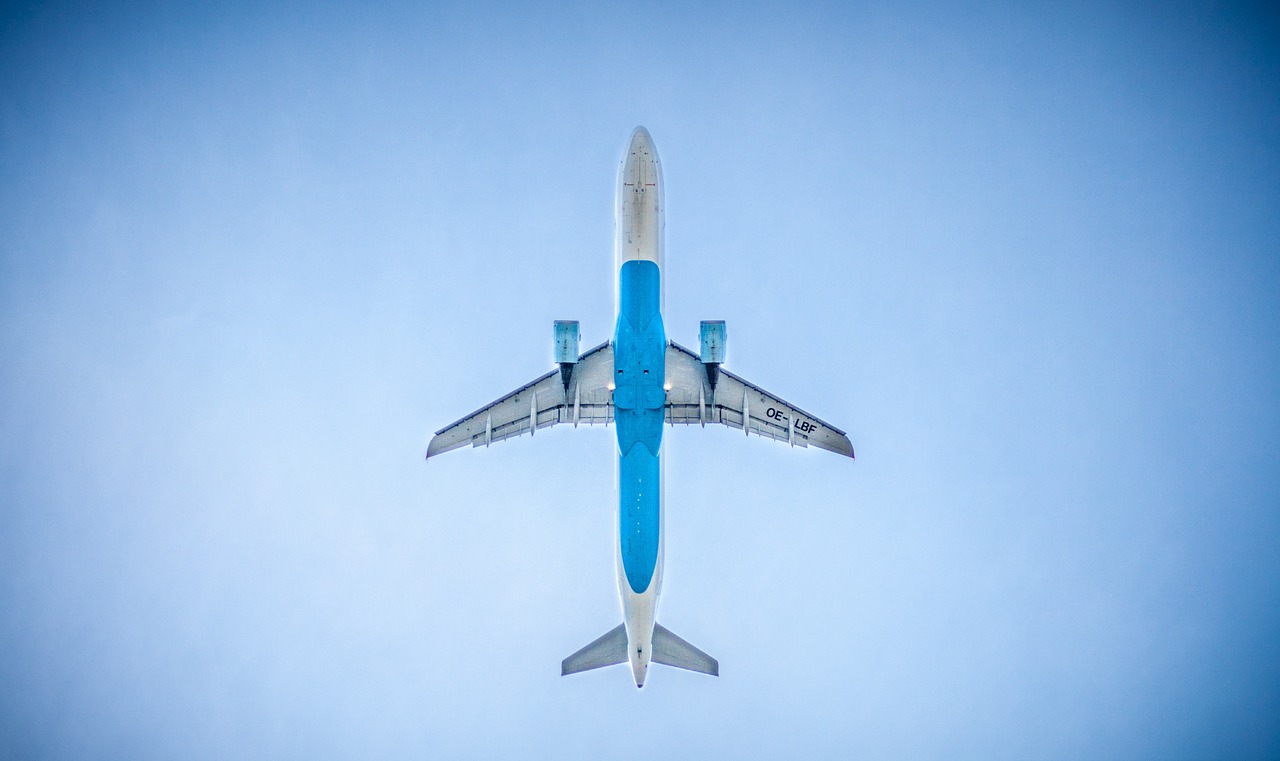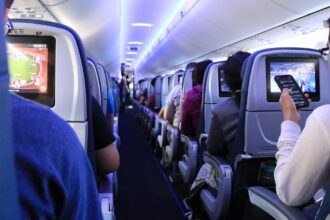What You Should Know About Flying With Dogs or Cats

You probably thought of traveling with a cat on a plane and taking your best buddy anywhere you go. It can be frustrating and depressing to leave the lovely animals unattended at home while you travel someplace else. If the situation permits, you can simply take them along! Pets are family members, and they deserve the special treatment of going on vacations too.
If you think this is a brilliant idea, you might have many thoughts going through your head on how to make this happen. Do you need special training? Do you need special equipment? Do you need travel requirements? And the list can go on forever. The truth is pets are like babies. Nothing in the plane fits them and works for their size. But people managed to adapt and bring them on board. The same goes for pets. There are just some regulations and procedures that you need to obey to ensure the safety of your pets and everyone on the plane.
Things To Remember Before Your Travel
Cargo specifications can vary across different airlines, so the first thing you must do is ask them ahead of your flight. For example, the pilot has all superior control of the plane. They can set the right temperature to ensure that your pet is comfortable where they are. It is also best to remind the person in charge that you have important stuff in the cargo hold that needs special handling so they won’t forget to set the proper specifications.
Pet cargo hold is separate from the luggage storage. Their crate carriers are secured in position so they won’t move in all directions due to turbulence.
In most cases, airline requirements ask owners to feed their pets within 4 hours of check-in. It is also important to not feed them within 4 hours of their actual flight to avoid motion sickness. This prevents them from throwing up and making a mess while flying. But some airlines guarantee that personnel in charge will handle their important needs while they are away from you, or some allow that you attach food and water to their carrier. You can use clip-on bottles to avoid spillage. You can ask the airlines which requirements and rules they will allow for your pet.
To prevent anxiety, you can train your pet to stay calm inside a crate. Your pet needs to see the cage as a safe space rather than a scary space to be in. It helps both of you to know that they won’t feel stressed while inside the crate during flights.
Another thing to remember is to trim their nails. Most pets scratch their crate and try to find a way out and end up hurting themselves. Shorter trimmed and short nails are not likely to cause them harm and get caught in between crate spaces.
Lastly, bring the latest photograph of your dog, prepare their collar, and create ID tags for their crate. You can never be too sure, but there are cases that pets get lost during flights. Ensure that the ID tag is updated with your latest contact information and secured in a position that will not get caught on the sides during handling. And in case your dog goes missing, a photograph may help familiarize them with your pet so they can find your beloved furry friend easily.
In-Flight Safety

Flights are extremely stressful to anyone, much more to your pets. Prior to your travel date, make sure you take the safety measures for air traveling with a pet. As confident as you think about your pet’s current health status, you must get the opinion of a licensed veterinarian and go for a routine check-up. Consult your vet about possible medications and issues you must be aware of and be prepared for before and while in flight.
Furthermore, some airlines require complete records, including a recent vet check-up, vaccination records, and other clearance before they take your pet on board.
To reduce your pet’s anxiety while in flight, you can pack any of their favorite and familiar items inside the crate, so they can sense you are nearby. Veterinarians go against sedation because it increases the likelihood of getting severe health conditions, like heart problems or respiratory issues.
Some air companies allow owners to bring their pets in the cabin if they pass certain requirements. It is less stressful for both of you. But be sure that your cat or dog can stay inside the pet carrier for the whole flight unless you are in a private plane, because you can’t get them out. You need to check and stick to the restrictions for both the carrier size and the pet size because this is the most important requirement that will allow owners to have their pets close by.
While it seems fun and less depressing to travel with your pet than leave them at home, you are also exposing them to potential risks. They are exposed to catching an illness from asymptomatic pets on the cargo hold, while others suffer from anxiety that leads to more serious health concerns like heart and respiratory issues. Never travel without following the pre-flight checklist and training because this will ensure your pet gets through the flight safe and sound.